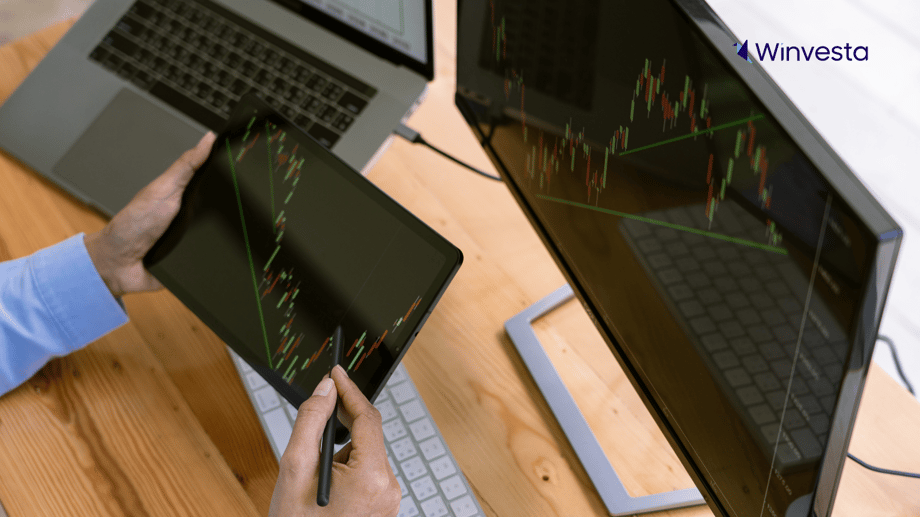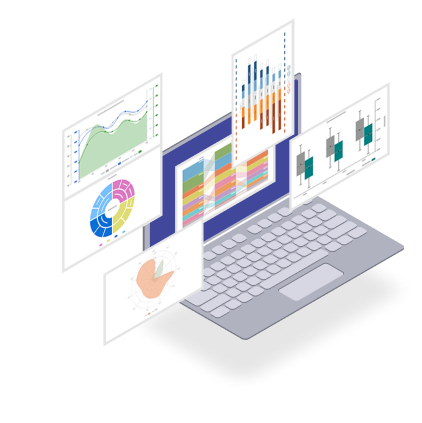Contents
Tariff tremors: How trade tensions rattled the markets
2 minutes read
08 July 2025

The week began with a jolt for Wall Street. Just as investors were settling into a rhythm of optimism, President Trump’s announcement of sweeping new tariffs on imports from 14 countries sent shockwaves through the financial world. The Dow Jones tumbled by over 400 points, the S&P 500 and Nasdaq followed suit, and the mood on the trading floor shifted from confident to cautious in a matter of hours.
It wasn’t just the numbers. Behind every headline, there was a story of uncertainty: would these tariffs stick, or were they simply another move in the ongoing chess game of global trade? As the White House dispatched formal letters to governments from Japan to South Africa, the message was clear—accept US terms, or face higher duties from August. The world watched, and so did the markets, bracing for the next move.
Tariffs, trade, and the ripple effect
The heart of the matter lay in the details of the tariff plan. President Trump’s “final notices” threatened duties ranging from 25% to 40% on a host of countries, with the clock ticking for negotiators to strike deals before the August deadline. The impact was immediate. Stocks that had soared on hopes of a trade truce—especially in the tech sector—were suddenly under pressure. Tesla shares slid 7% after Elon Musk’s surprise launch of the America Party, adding another layer of unpredictability to the day’s events.
Expert voices quickly weighed in. Ajay Srivastava, founder of the Global Trade Research Initiative, warned, “These warnings, described by the White House as ‘final notices’, leave countries with a stark choice: accept US terms or face higher duties.” He added that the escalation could disrupt global trade flows, inflate consumer prices in the US, and complicate supply chains.
On the trading floor, the sentiment was summed up by Emily Roland, co-chief investment strategist at Manulife John Hancock Investments: “Markets had been telling us that peak tariff risk is behind us, but to have tariffs back in the forefront is causing some skittishness. Investors were getting to that period of ebullience in markets and we’re taking a little step back from that”.
What lies ahead for investors
For investors, the path forward is anything but straightforward. The Federal Reserve’s upcoming meeting minutes and the start of the Q2 earnings season loom large, offering potential clues on how companies are weathering the storm. The broader economic backdrop is also shifting. The Budget Lab at Yale estimates that the average effective tariff rate for US consumers has now reached 17.6%—the highest since 1934. This could mean an average loss of $2,300 per household in 2025, a sobering figure for families already grappling with rising prices.
Yet, amid the volatility, some analysts see opportunity. “While it may induce short-term uncertainty and trigger some profit-taking due to current valuations and positioning, the letters are intended to encourage other nations to swiftly reach agreements. We expect to see more trade deals finalised in the upcoming weeks,” said Mohit Kumar, chief strategist at Jefferies.
As the dust settles, the story is far from over. Investors are left watching Washington, waiting for the next headline, and hoping that behind the drama, there’s a path to stability. For now, the only certainty is uncertainty—and the knowledge that in today’s markets, every policy move can send ripples across the globe.
Disclaimer: The views and recommendations made above are those of individual analysts or brokerage companies, and not of Winvesta. We advise investors to check with certified experts before making any investment decisions.

Ready to own a piece of the world’s biggest brands?
- Invest in 4,000+ US stocks & ETFs
- Fractional investing
- Zero account opening fees
- Secure and seamless
Start investing in just 2 minutes!

Build your global portfolio.
.png)
Invest in companies you love, like Apple and Tesla.

Track, manage, and grow your investments.



